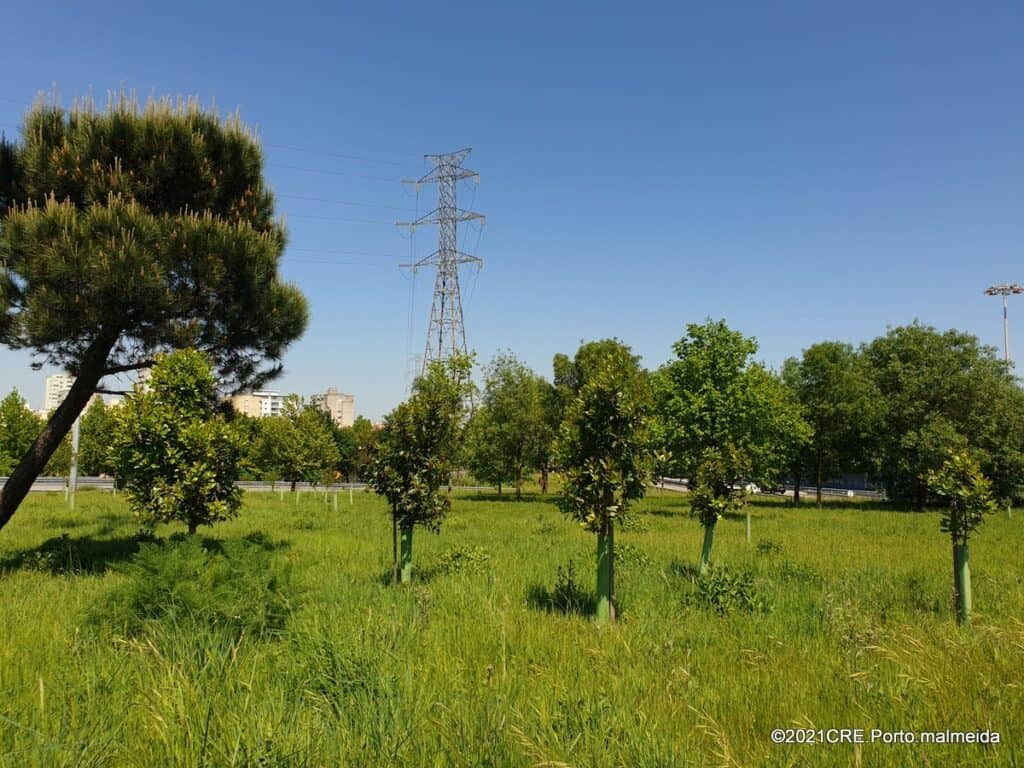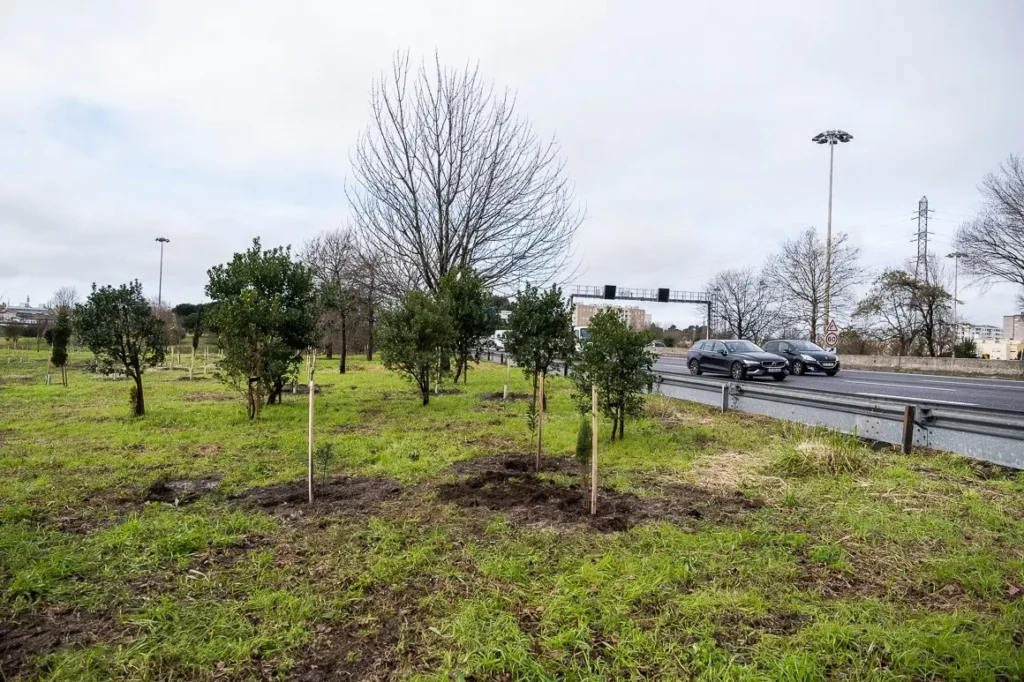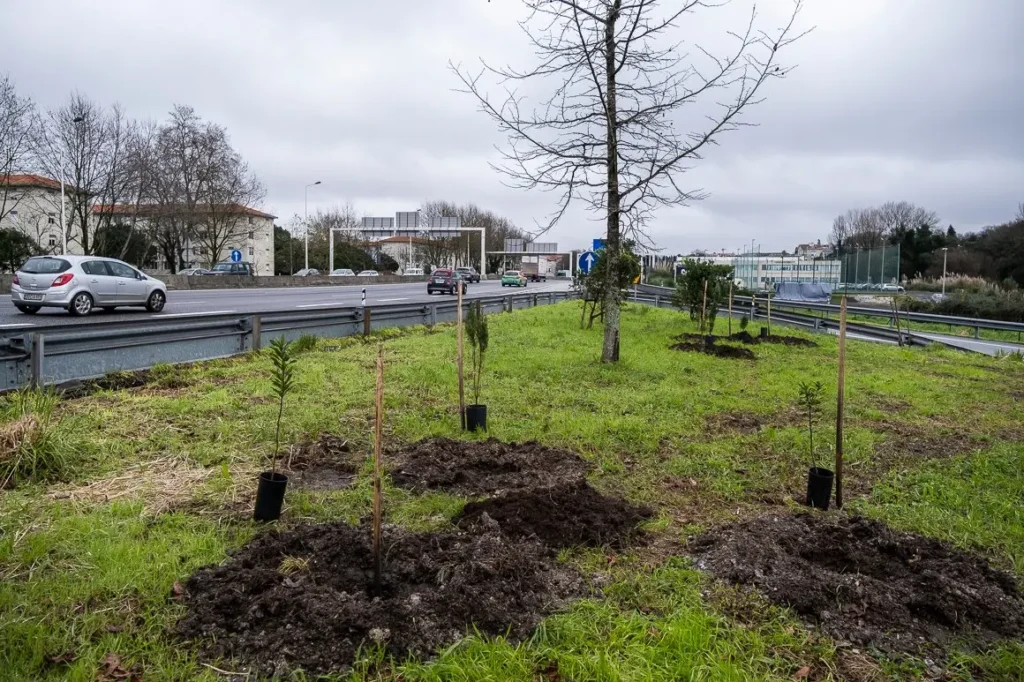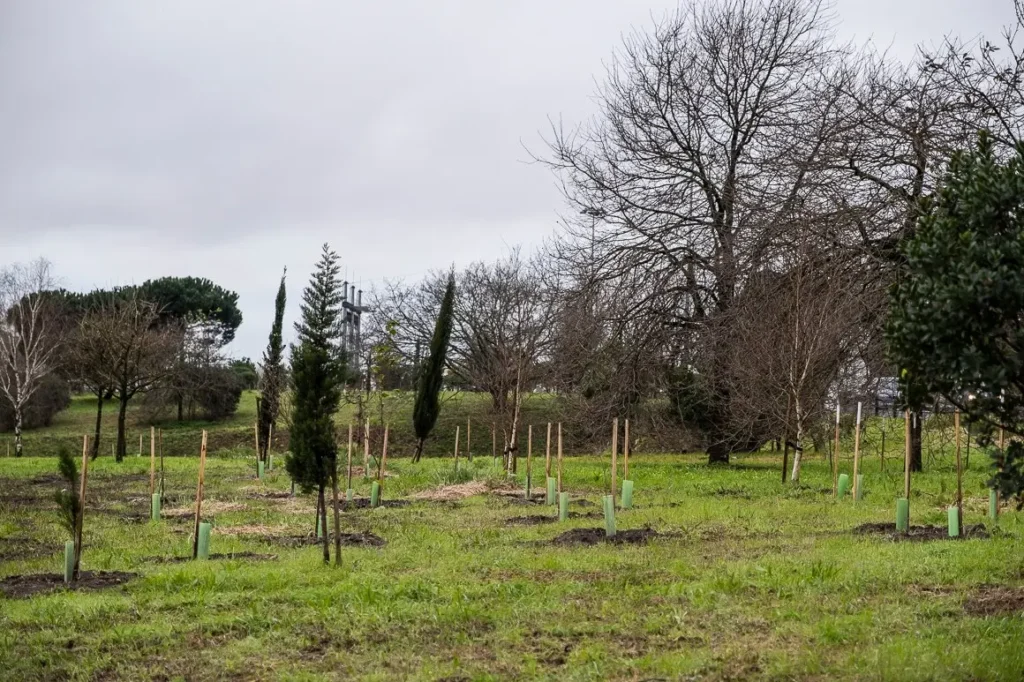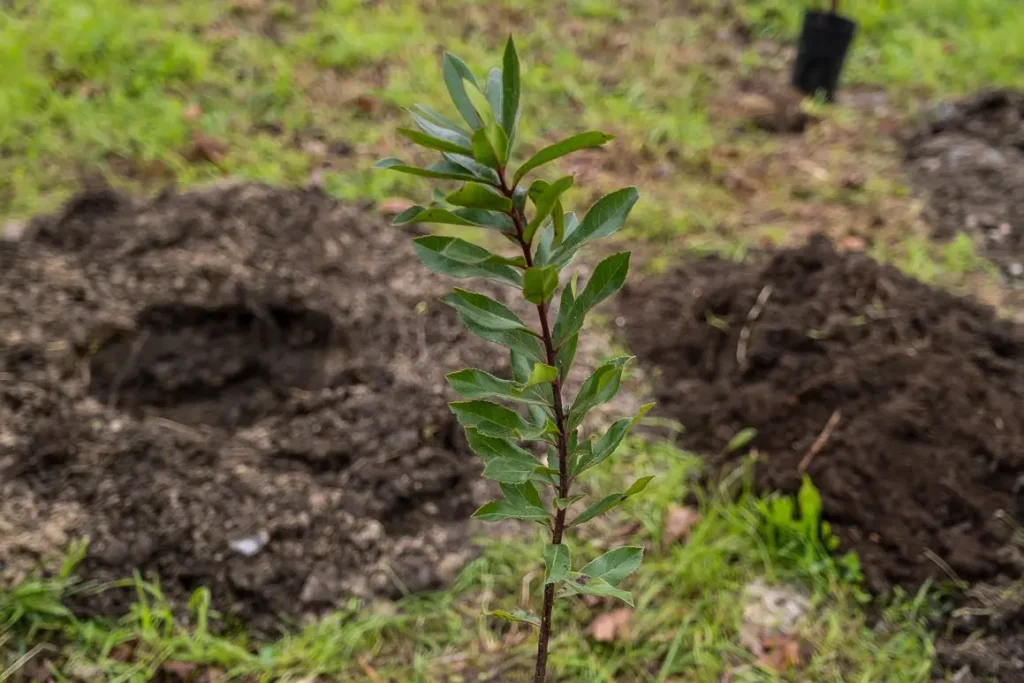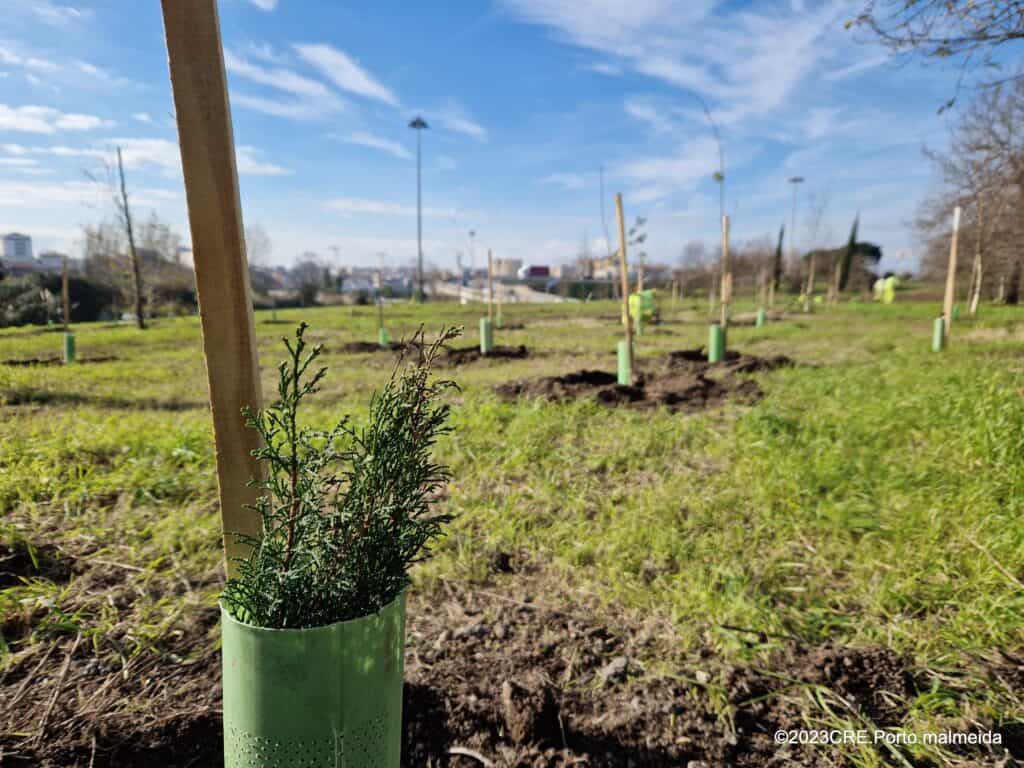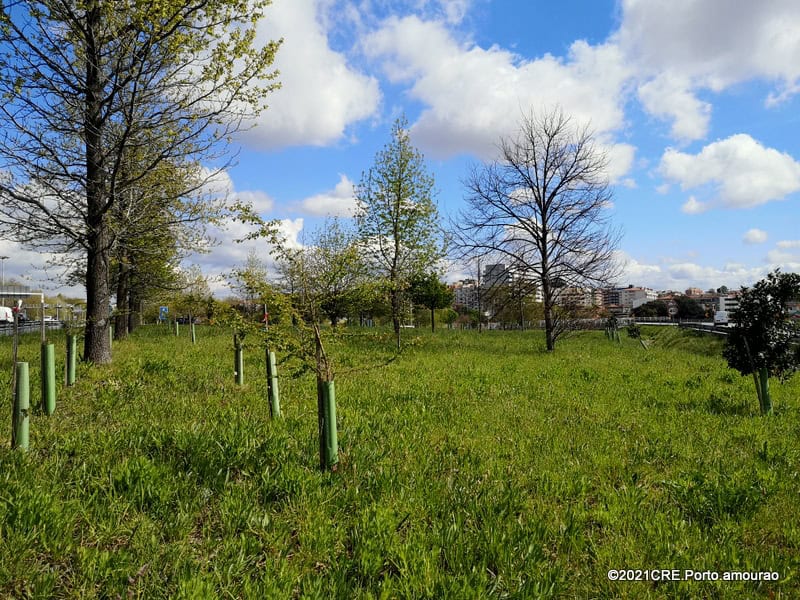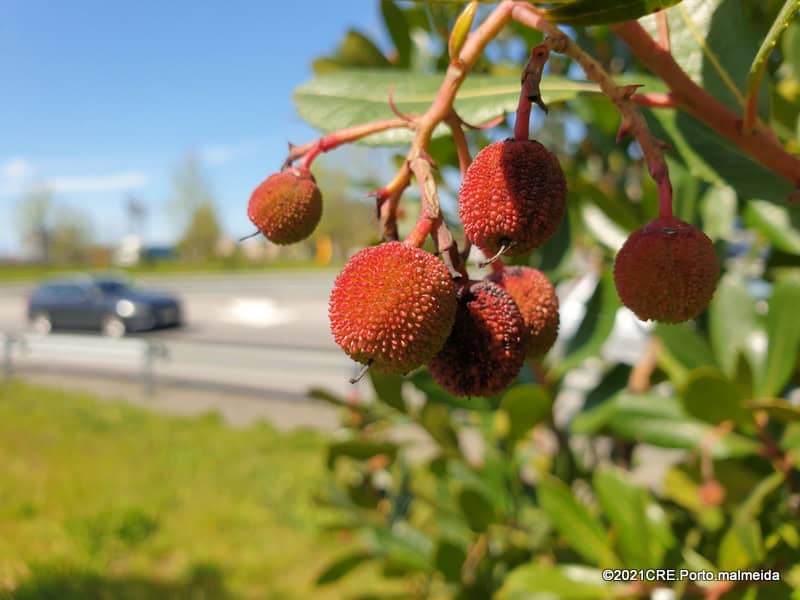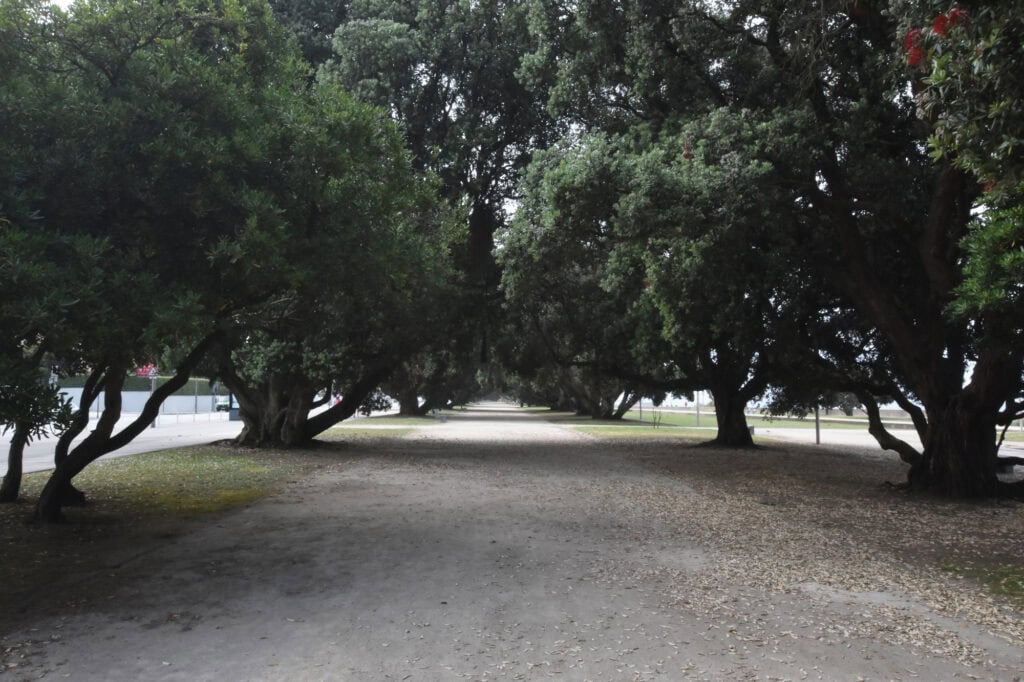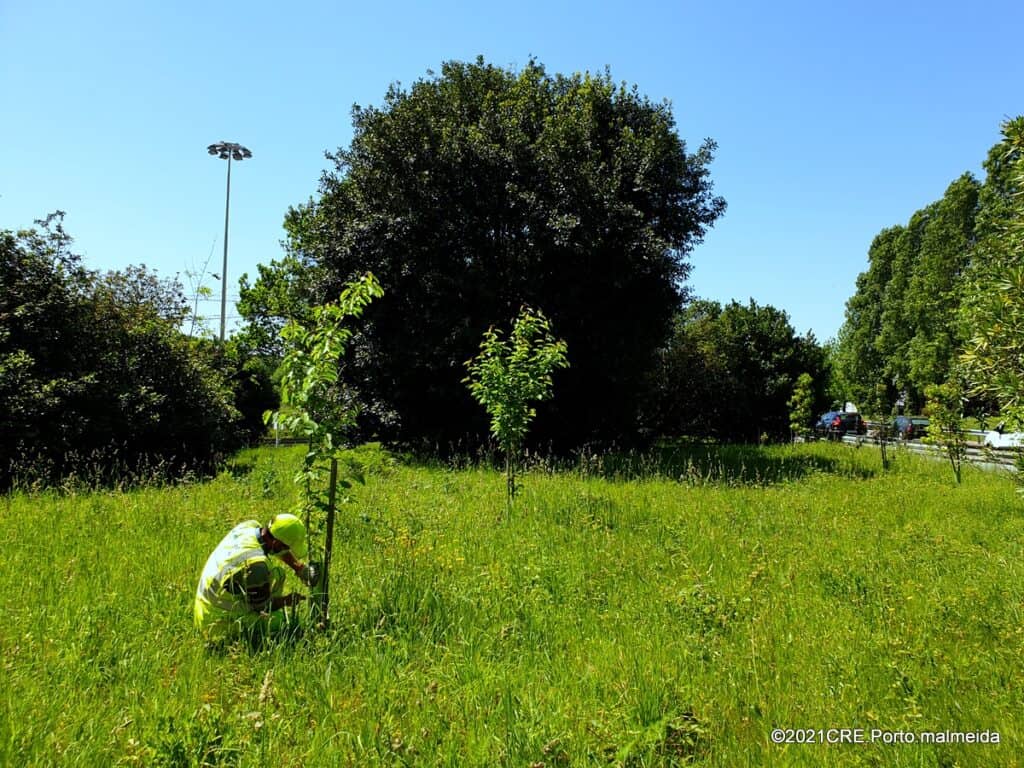The Regado junction is one of the busiest junctions on the VCI, making it an essential forest for mitigating the impacts of climate change and for capturing carbon.
A total of 1,318 native trees and shrubs of 17 different species were planted, with cypress, birch, hawthorn, wild cherry and stone pine standing out as the species that have adapted well to the site. In addition, the presence of cork oaks through natural regeneration is noteworthy, as are ladybirds (Coccinella septempunctata), a group of insects that are bioindicators of environmental quality.
The trees were grown by the technical team, with the help of volunteers, at the Porto Municipal Nursery.
The planting of these trees is part of the Rede de Biospots do Porto and is intended to afforest expectant land in the city associated with road junctions and embankments. In the first phase, some of the VCI junctions will be planted and the aim is to plant up to 10,000 specimens in several of these locations.
This network is part of the projeto FUN Porto – Florestas Urbanas Nativas no Porto – which aims to promote knowledge about urban forests and the expansion of urban forests in the city of Porto. Under the motto, ‘because trees are good for the territory, for people and for the city’s economy’, Porto intends to promote the (re)afforestation of the city, especially in underused and undervalued areas such as the expectant areas associated with road networks, but also seeking to create instruments for the production of specimens of native species capable of repopulating the city but also the region.
